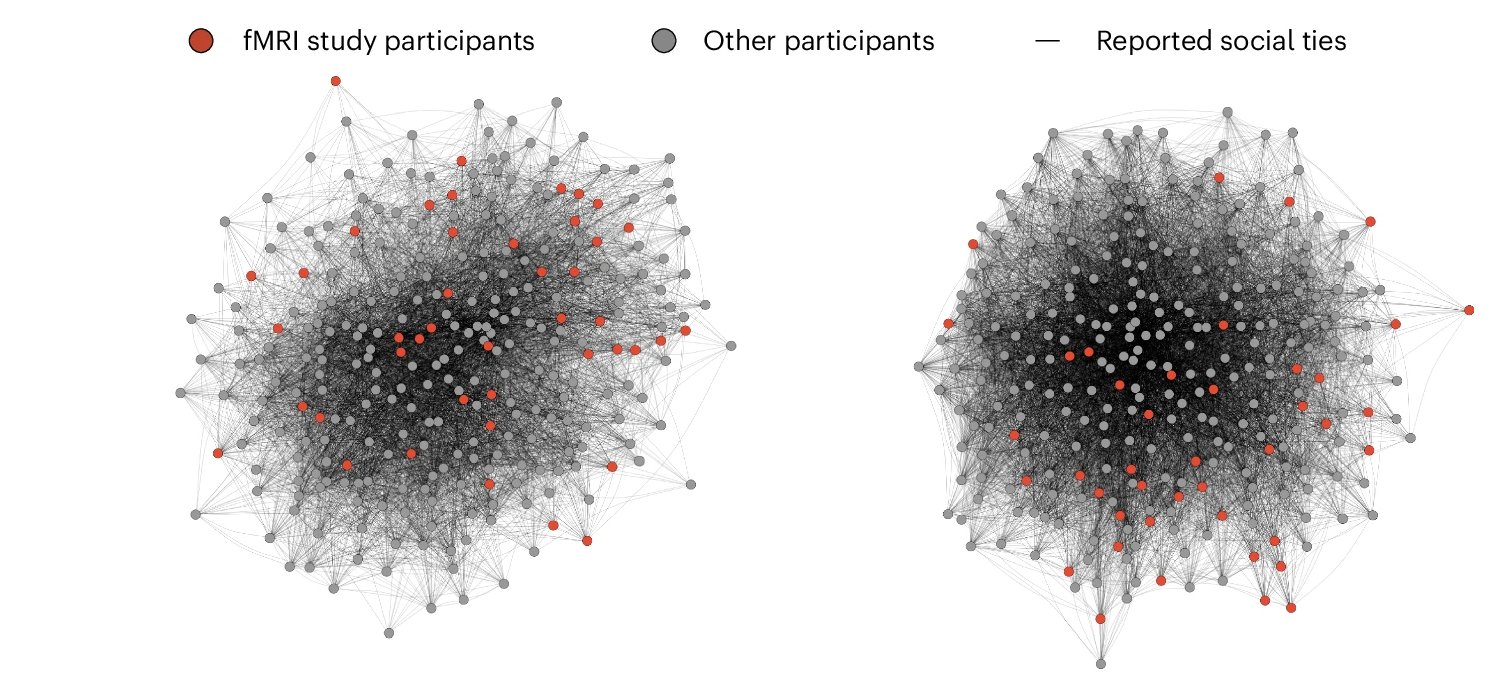pull down to refresh
200 sats \ 2 replies \ @south_korea_ln 11 Aug \ on: Neural similarity predicts whether strangers become friends science
(emphasis mine)
How do they quantify this similarity other than "measuring neural responses to movie clips"? What does measure mean exactly? I guess it's written in the paper, maybe I'll get back to this at night.
It kinda sounds like: if you like a certain video clip it means you have certain values. If you have certain values, you're likely to click well with people sharing similar values. Nothing too surprising. But if it got into a Nature journal, there must be something more fundamental that I am missing.
How do they quantify this similarity other than "measuring neural responses to movie clips"? What does measure mean exactly?
from this pic

I assumed it to be the euclidian distance between the centre of neural activation measured. That could be entirely wrong tho.
reply
Oh ok, didn't know that's a way of mapping neural activity. Pretty cool~~
(I still don't understand it, but that's ok)
reply